The Role of Open Educational Resources (OER) in Making Education Available to All
A Principal's Reflections
JUNE 25, 2013
I recently had the honor of traveling to the MIT campus in Boston and participating in a panel discussion on Open Education Resources (OER) at The Sixth Conference of MIT''s Learning International Networks Consortium (LINC) with three illustrious advocates of these open resources: Nicole Allen, Philipp Schmidt, and panel moderator Steve Carson.


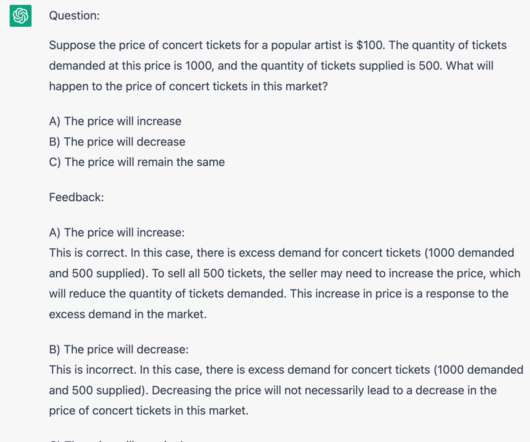










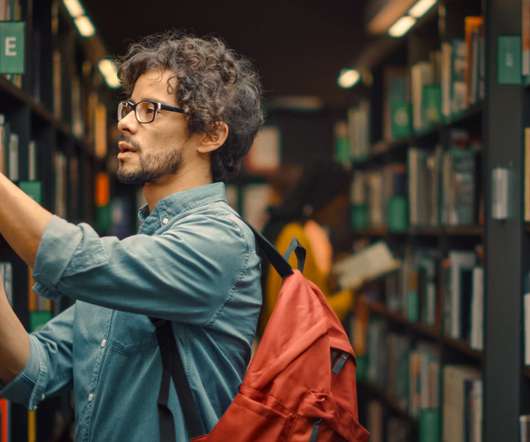

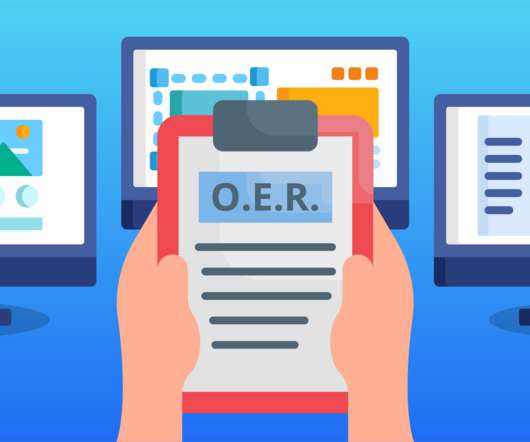
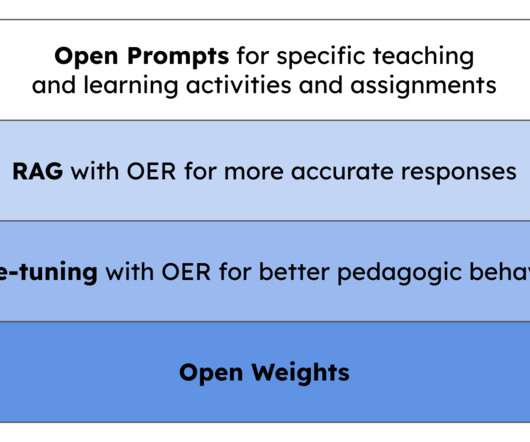


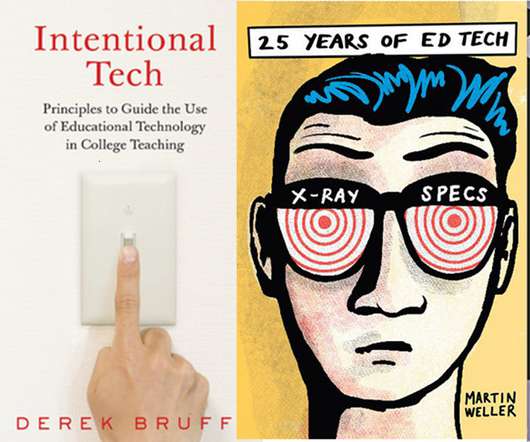



























Let's personalize your content